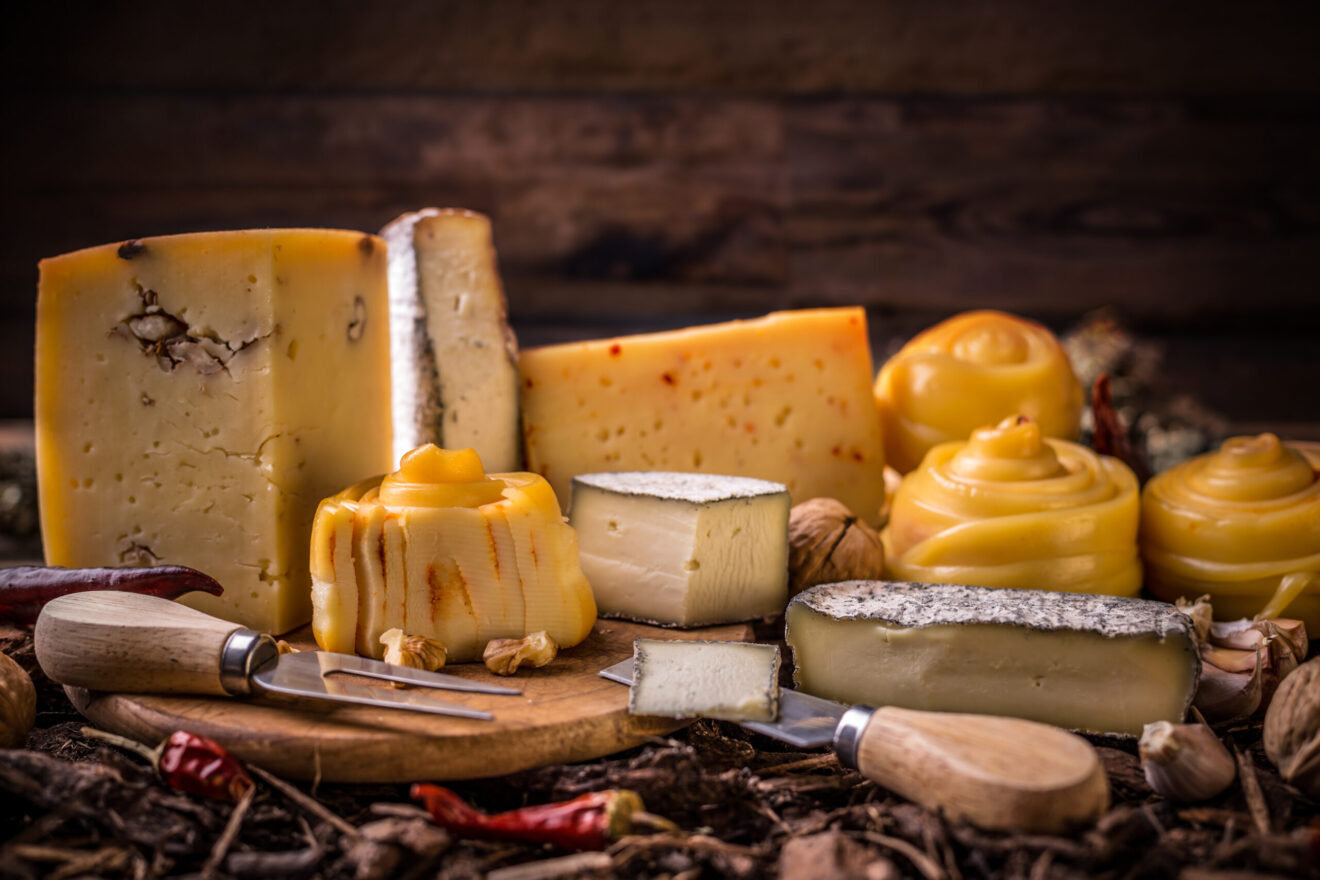As consumers continue to create market opportunities for specialty food and beverage products viewed as higher quality, we are often asked “Who is the premium consumer?” The question comes from clients involved with marketing emerging brands which often carry distinctions like organic, natural, fresh or which offer clean ingredient panels. The question is well-intended and earnest. Marketers asking it want to better understand the people who buy these kinds of brands so they can better tailor communications, media buys and marketing plans.
In our recent edition of Hartbeat Exec, Premium Marketing Strategy, we use this commonly posed question as an avenue to advance new thinking about premium food and beverage marketing strategy. While traditional marketers, for example, target brand communications at a group of people thought to be predisposed by (or desirable because of) a shared lifestyle or demographic, we argue that, in marketing premium, where you are building a low-awareness brand to cultural and financial scale, the only target audience that matters are consumers of premium symbolic and sensory attributes in your operating category. In other words, marketers should be focusing on reaching consumers with a shared desire for specific product attributes, not a shared lifestyle. This is a major paradigm shift for classically trained marketers.
At the same time, we can’t totally dismiss the value of having a simple definition of the consumer base driving something like the premium food and beverage marketplace. Such a target base is very convenient for internal planning within an organization. And yet, what we find is that when we actually attempt to define premium buyers as a broad class of consumers (irrespective of premium purchase rates or dollar volumes), as a “target” these consumers look just like the rest of America against virtually every demographic variable as well as bivariate models. The only statistically valid skew (and it is just a skew), is one toward millennials.
Clearly, when it comes to marketing foods and beverages with high quality distinctions, we are not dealing with a demographic niche: Our analysis shows that 80% of Americans bought premium foods or beverages in the past three months, even if it was just one item. In fact, the vast majority of premium consumers have “mixed pantries” composed of a hodgepodge of iconic brands and specialty, premium brands. We find that the vast majority of premium consumers are only partially committed to products in the segment and are therefore most likely trading up due to category and occasion-specific drivers of some kind, not intense lifestyle drivers or shared demographics.
As these implications reveal, the premium consumer base does not behave like a true consumer niche at all in that they cannot be succinctly typified by a broad set of shared behaviors or attitudes. The average level of commitment to this market sector is not consistent with a niche lifestyle conversion (e.g., “I became a triathlete three years ago,” or “I changed my diet due to discovering I have a severe autoimmune disease”). This is not news to leading natural retailers like Whole Foods where one of the biggest historical barriers to growth at such a natural retail chain has been growing basket size, typically because of above-average pricing. This is despite the fact that while the number of gateway categories into specialty and premium purchases have grown in the last fifteen years, the conversion of average pantries to contain more premium products has not yet occurred. In the case of natural retailers, they appear to have simply brought in more buyers on the light and highly selective end of the natural, organic purchasing funnel.
With no real determining lifestyle or demographic trait to target, we find that to grow market share for premium brands, marketing strategy for premium brands has to be about product first, consumer lifestyle context second. Our research bears this out. When we recently asked a national sample of buyers of premium foods and beverages what kind of narrative would most likely cause them to try a new premium brand over another, we weren’t surprised by the winning genre of marketing narrative: the story of how the product is made.
In the premium marketplace one thing is very clearly shared across all consumers (even if they buy premium in only one category): a concern with distinguishing, value-added product attributes not offered by legacy brands.
This leads us to the following recommendation: When marketing premium brands, we believe the focus still needs to be on a story — a succinct story of why your product has unique attributes that make it better at providing emerging benefits in the culture of food and therefore how it adds value to the category mix at shelf. This can be a two-for-one sales story that satisfies both the retail buyer and the consumer.
As a final note, while “premium” often times sounds to consumers like an industry term used by CPG companies, the idea communicates the integrity of your brand and encompasses notions of great products marketed with full transparency about how they’re made, why they’re made and the values of the people making them—this is what truly resonates with consumers.
As CEO of The Hartman Group, Demeritt drives the vision, strategy, operations and results-oriented culture for the company’s associates as The Hartman Group furthers its offerings of tactical thinking, consumer and market intelligence, cultural competency and innovative intellectual capital to a global marketplace.
__________________________________________________
If you enjoyed this article, join SmartBrief’s email list for more stories about the food and beverage industry. We offer 20 newsletters covering the industry from restaurants to food manufacturing.
